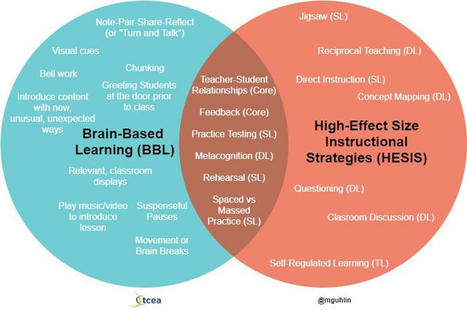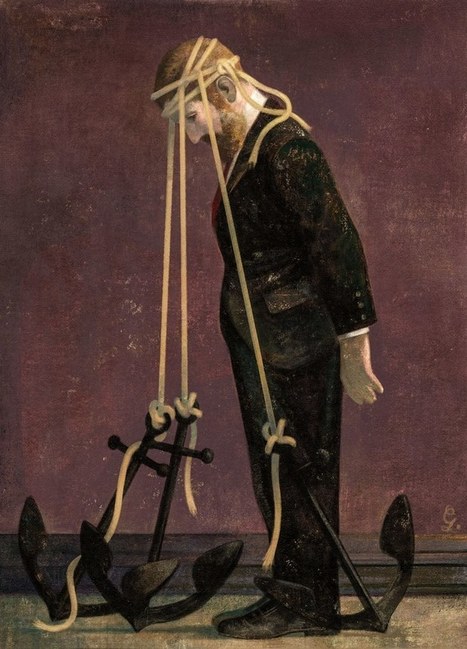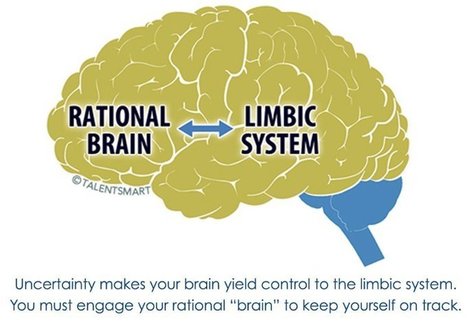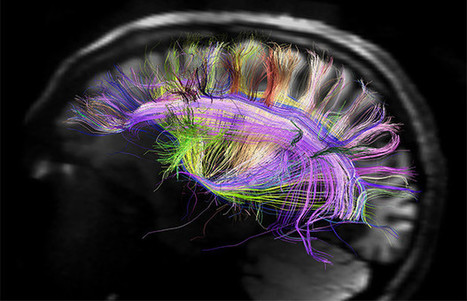Get Started for FREE
Sign up with Facebook Sign up with X
I don't have a Facebook or a X account

 Your new post is loading... Your new post is loading...
 Your new post is loading... Your new post is loading...

shreya's comment,
April 14, 2019 7:41 AM
Longji D36 wooden alarm clock Bluetooth speaker retro card radio portable super bass U disk small stereo:https://www.newbecca.com/product/555665045116

shreya's comment,
September 18, 2019 5:55 AM
taobao agent Running mobile phone arm bag sports arm sets men and women outdoor multi-functional fitness wrist bag waterproof arm with arm bag https://www.yrbuy.com/china/243809/running-mobile-phone-arm-bag-sports-arm-sets.html

shreya's comment,
September 18, 2019 9:59 PM
Taobao Agent Sharp family X02 mp3 small Bluetooth music player mp4 read novel male and female students P4 English listening Walkman compact listening P3 portable mp6 ultra-thin mp5 recording
https://www.yrbuy.com/china/244861/sharp-family-x02-mp3-small-bluetooth-music-player.html

The Learning Factor's curator insight,
January 10, 2017 4:55 PM
Do you feel like your attention span is shortening? Stretch and strengthen it with these steps.

The Learning Factor's curator insight,
December 22, 2015 5:15 PM
Each time we succeed in being mindful of our body in moments of distress, we develop our capacity. 
Eileen Easterly's curator insight,
June 7, 2016 12:34 PM
Conflict will trigger our brains (and our bodies) to respond in ways that can escalate conflict with co-workers. Read these tips to learn how to reduce these effects the next time you experience conflict.

The Learning Factor's curator insight,
June 30, 2015 6:52 PM
Forget crossword puzzles and brain-training apps. Try these daily practices to truly grow your brain.

Deb Nystrom, REVELN's curator insight,
August 2, 2014 3:00 PM
Brain sapping beliefs persist and drain productivity and performance in business and in overall learning. Check the job descriptions in your business for words like "must be able to multi-task."

The Learning Factor's curator insight,
May 8, 2014 7:26 PM
No doubt about it, fear sucks. Here's how to put it in its place.

Des Kirby's curator insight,
April 29, 2014 7:56 AM
"We often think a deadline can help us shake off inertia and focus on getting a job done. But the brain research suggests precisely the opposite is true. A deadline, instead, more often limits our thinking and can lead to much worse decision making." 
Lisa McCarthy's curator insight,
April 29, 2014 11:35 AM
Most of us assume that when we try to solve problems, we're drawing on the logical parts of our brains. But, in fact, great strategists seem to draw on the emotional and intuitive parts of their brain much more. 
Tony Brugman (Bright & Company)'s curator insight,
June 24, 2014 4:06 PM
Good WSJ article on leadership and decision-making: "Take much of what you know about how executives make decisions. Now, forget it." New brain research shows most of what we thought we know about executive decision making is wrong

John Michel's curator insight,
June 5, 2013 4:10 PM
Trying to be just a little bit more open is part of the challenge that the confirmation bias sets us. Can we entertain those doubts for just a little longer? Can we even let the facts sway us and perform that most fantastical of feats: changing our minds? |

Jerry Busone's curator insight,
January 12, 2018 8:22 AM
Now I understand my preparation process for any event or task i take on..."The “spacing effect” is one of the most consistently replicated mental processes in psychological history, dating back to Hermann Ebbinghaus, who observed it in 1885. 
CCM Consultancy's curator insight,
January 21, 2018 12:52 AM
A four-hour marathon study session (or team meeting or conference presentation) demands a ton of sustained attention, the quality of which will inevitably dwindle the longer those periods last. It simply makes more sense, cognitively speaking, for teams to opt for small doses of high-quality learning–sessions lasting under an hour, with lots of discussion and participation–to make insights stick without taking up much time.

The Learning Factor's curator insight,
January 22, 2017 5:15 PM
Is it possible to train your brain to cope with an ever more fast-paced world? In some cases, more tech might save us from tech overload. 
Ralston Baldeagle's curator insight,
January 22, 2017 11:35 PM
Well, adapting in a world full of technology is a bit hard but breaking loose from the hole will take a while. The pros of make your brain proof of distractions is basically try new methods of improvement and having a healthy nutrition. The cons would basically be remaining stagnant and not changing.

Godigitalcoup Tungsten's curator insight,
March 7, 2016 5:49 AM
If your meetings are sputtering, rewiring the gray matter may help get employees reconnected. 
emma's curator insight,
March 7, 2016 11:59 AM
If your meetings are sputtering, rewiring the gray matter may help get employees reconnected. 
Takudzwa Kunaka's curator insight,
March 10, 2016 5:44 AM
If your meetings are sputtering, rewiring the gray matter may help get employees reconnected.

The Learning Factor's curator insight,
December 22, 2015 5:10 PM
To boost your EQ, you have to get good at making sound decisions in the face of uncertainty, even when your brain fights against this. Fear not! There are proven strategies that you can use to improve the quality of your decisions when your emotions are clouding your judgment. 
Nadene Canning's curator insight,
December 26, 2015 5:06 AM
Tips on dealing with uncertainty #neuroscience 
Ian Berry's curator insight,
December 27, 2015 7:29 PM
A good list to contemplate The only one I'd question if asking what if questions. In the right context asking what if is essential

The Learning Factor's curator insight,
October 8, 2014 7:44 PM
People who are regularly bombarded with several streams of electronic information cannot pay attention, recall information, or switch from one job to another as well as those who complete one task at a time. 
Graeme Reid's curator insight,
October 8, 2014 7:55 PM
Multitasking in meetings and other social settings indicates low self- and social-awareness, two emotional intelligence (EQ) skills that are critical to success at work. 
Aaron Curtis's curator insight,
October 9, 2014 9:08 AM
Well I have to say this would be a home run. Throughout high school, my jobs and even college, I have noticed that multitasking has become somewhat of an acquired trait. This article speaks on some key points that relate not only to PR practitioners, but aims towards students as well. Staying focus on one task at a given moment can help reduce the "noise" in your head; Keeping that in mind, working on one project at a time also provides you with a window for a more accurate end result

Eli Levine's curator insight,
April 29, 2014 5:54 PM
Very cool stuff, especially #7.
Enjoy!
Think about it.
Carla Chapman's curator insight,
September 28, 2014 12:10 PM
Many attention experts believe that attention can and should be trained. The brain has the ability to reconfigure itself. Neuroplasticity!
We are what we repeatedly do. Excellence, then, is not an act, but a habit. ~ Aristotle

Karlton B McIver's curator insight,
August 6, 2015 4:07 PM
One of the most popular areas of research in psychology these days is neuroplasticity. Neuroplasticity refers to the brain’s ability to restructure itself after training or practice. 
Shah Zamri's curator insight,
May 23, 2016 9:24 AM
We are what we repeatedly do. Excellence, then, is not an act, but a habit. ~ Aristotle |































